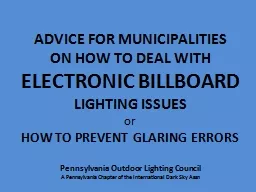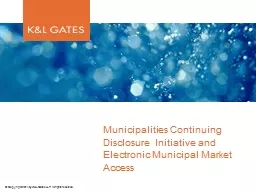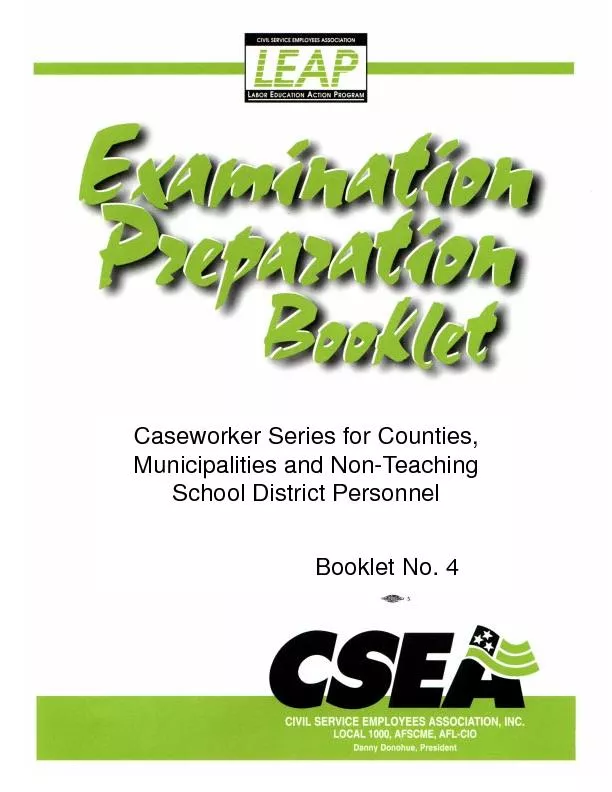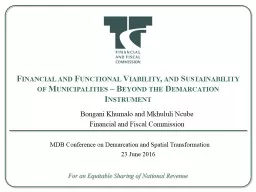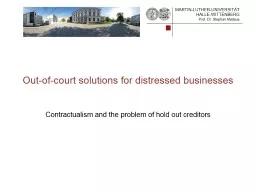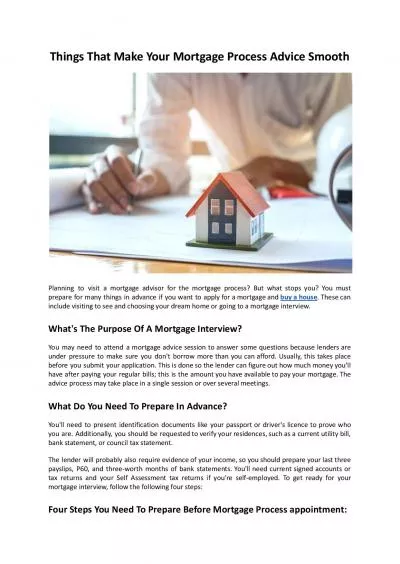PPT-ADVICE FOR MUNICIPALITIES
Author : min-jolicoeur | Published Date : 2018-11-08
ON HOW TO DEAL WITH ELECTRONIC BILLBOARD LIGHTING ISSUES or HOW TO PREVENT GLARING ERRORS Pennsylvania Outdoor Lighting Council A Pennsylvania Chapter of the International
Presentation Embed Code
Download Presentation
Download Presentation The PPT/PDF document "ADVICE FOR MUNICIPALITIES" is the property of its rightful owner. Permission is granted to download and print the materials on this website for personal, non-commercial use only, and to display it on your personal computer provided you do not modify the materials and that you retain all copyright notices contained in the materials. By downloading content from our website, you accept the terms of this agreement.
ADVICE FOR MUNICIPALITIES: Transcript
Download Rules Of Document
"ADVICE FOR MUNICIPALITIES"The content belongs to its owner. You may download and print it for personal use, without modification, and keep all copyright notices. By downloading, you agree to these terms.
Related Documents

